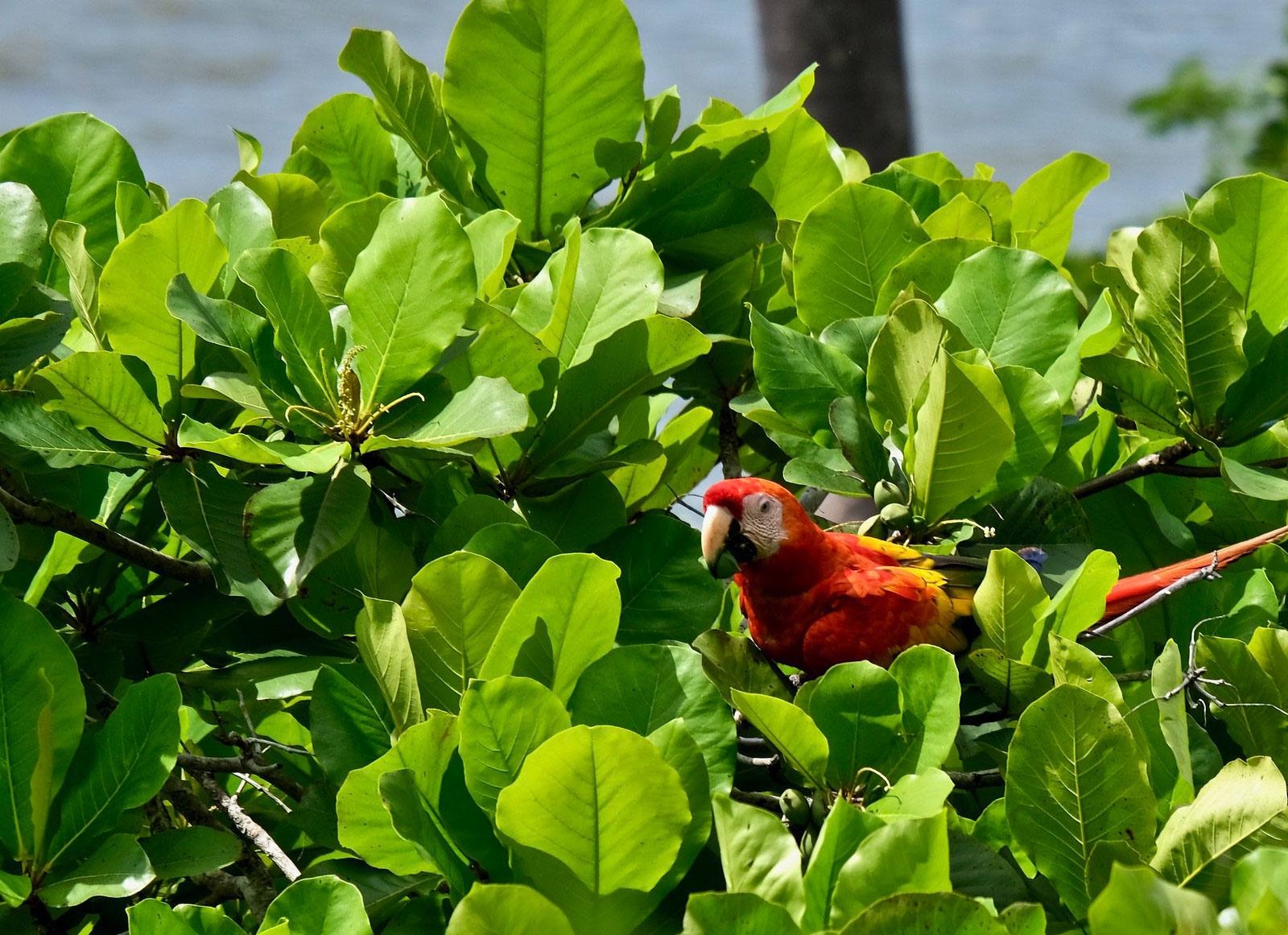 The French aren’t the only ones who enjoy eating snails. The snail-eating snake or cloudy snail-sucker (Sibon nebulatus) makes its dinner out of the many snails and slugs found in the forests of Central and South America. The snail-sucker tracks down its meal by following the slimy residue left behind by its prey. While slugs are easily swallowed whole, snails are a bit trickier since the snakes must first remove them from their shells. To do this, the snail-sucker uses a technique called “snag and drag.” The snake bites the head of the snail and drags it along the ground until the shell becomes snagged, then continues to pull until the snail is freed from its protective home and the snake can swallow its well-deserved meal.
The French aren’t the only ones who enjoy eating snails. The snail-eating snake or cloudy snail-sucker (Sibon nebulatus) makes its dinner out of the many snails and slugs found in the forests of Central and South America. The snail-sucker tracks down its meal by following the slimy residue left behind by its prey. While slugs are easily swallowed whole, snails are a bit trickier since the snakes must first remove them from their shells. To do this, the snail-sucker uses a technique called “snag and drag.” The snake bites the head of the snail and drags it along the ground until the shell becomes snagged, then continues to pull until the snail is freed from its protective home and the snake can swallow its well-deserved meal.
Snail-suckers are fairly widespread and can be found in southern Mexico, all of Central America, and northern South America, including Trinidad and Tobago. These snakes are harmless to humans and typically very docile. However, if they feel threatened, they will change their appearance to resemble a more dangerous snake. Threatened snail-suckers flatten their bodies and expand their heads to appear more triangular. They then coil tightly and make mock strikes, which are harmless, as their mouths are closed during the pretend attacks. However, the show put on by an agitated snail-sucker is often convincing enough to trick humans into believing it is the highly venomous fer-de-lance (Bothrops atrox). Snail-suckers can also create a repugnant odor that smells much more hostile than the snake itself would ever be.
Spotting a snail-sucker is best done in the dark, as these snakes typically rest during the day and come out at night to hunt. If you encounter one in the middle of a meal, or while performing its signature “snag and drag,” it is best to admire from a distance, since being startled will likely scare the snake into regurgitating its slimy snack.
This story was written by Joseph Vink as part of an internship with FISHBIO.








